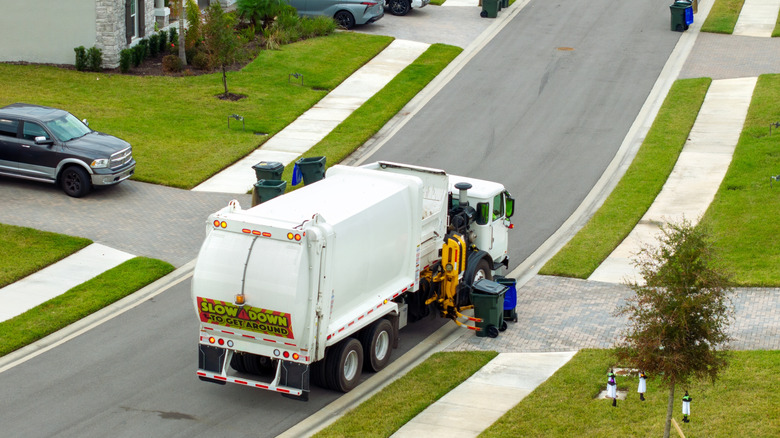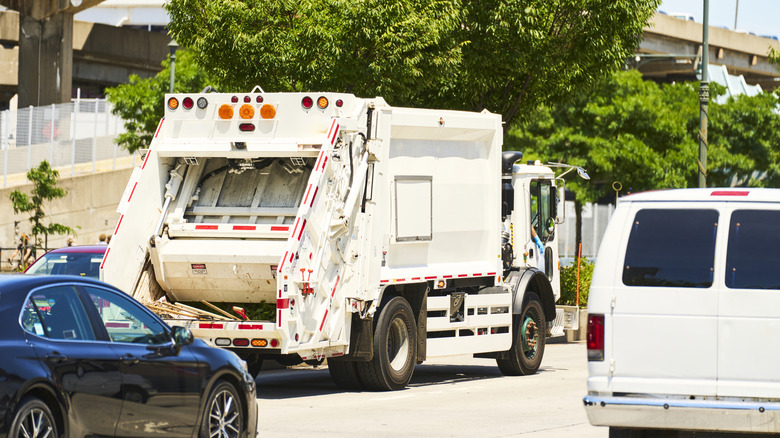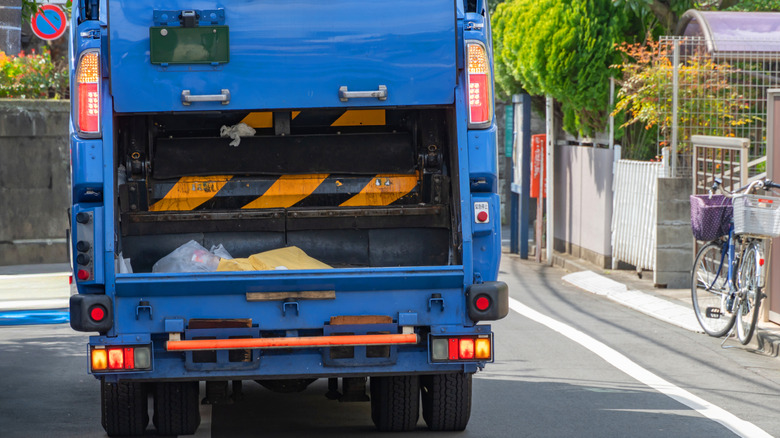How Garbage Trucks Work: How Do They Know When They Are Full?
Garbage trucks don't just haul away our rubbish — they break it up and compress it, making room for the huge volumes they collect every day. To do this, they sometimes use a blade that rotates quickly as the garbage is loaded in. In other models, compaction is achieved through lengths of metal or hydraulically powered garbage rams. The central principle, though, is to enable the truck to fit as much volume as possible, without overfilling it. A truck that is overfilled to a dangerous degree will lack stability on the roads, will be far more difficult for the driver to control, and pose a threat to other road users.
While other kinds of trucks have to stop at weigh stations to check they're not too heavy, garbage trucks have other measures to inform them when they're full to capacity. Many garbage trucks have built-in scales and are equipped with warning systems that provide notifications when the truck is approaching the maximum capacity it's designed for. Some trucks can be set to automatically stop the loading systems from being activated at a certain weight cut-off point.
Garbage truck sensors can determine when a truck is full
The truck's sensors and devices can provide alerts in time for the crew to react accordingly. A full truck must cease operations until it has been emptied. More advanced models can contain ultrasonic sensors, which precisely monitor the contents of the truck. Sensors can even be used in dumpsters, enabling garbage truck drivers to quickly determine which ones are only half full and can wait for the next collection.
In 2017, a City of Huntsville writer joined David Sloan on one of his daily rounds and was impressed by the small screen in the console, on which Sloan could see into the hopper of his truck and thereby determine the levels of garbage and any potential issues or interruptions with the process while still on the move. The specific features available will depend on the type of truck. The kind of garbage truck that comes by your neighborhood, for instance, will generally be one that loads from the back or the side. Some garbage trucks are automated, with an arm that raises your trash can and empties it into the truck before placing it back down. All of this is done by the driver, who operates the arm using a joystick from their seat.
Front-loading and roll-off garbage trucks are used for heavy-duty jobs
Some garbage trucks use front-loading mechanisms. These are often used for more heavy-duty jobs, such as businesses or communal waste pick-ups. Front-loading models have hydraulically-powered arms mounted on the front, which can grasp dumpsters and empty their contents into the waste storage area inside the vehicle. A moving blockade then pushes it to the back and further compresses the trash for convenience and efficiency.
There are also models known as roll-off garbage trucks, and these are also some of the heavier-duty examples on our roads. Typically, they carry dumpsters directly, lifting them into position via a driver-operated winch system. All types of garbage truck — rear-loaded, side-loaded, front-loaded, and roll-off — are designed to maximize the load they're carrying and alert the driver when they're approaching the limits of that load, all without overburdening them. It's a sophisticated system that ensures that garbage trucks stay safe on the road.


